Siemens-Schuckert D. IV, 1-48, Eduard, Ltn. Hermann Becker, Jasta 12, 23 victories.
Conversion from the Eduard SSW D.III kit. Made completely new wings, rudder and struts by casting from resin and sanding adjusted to the desired shape. I shortened the height rudder according to the drawing and modified it by grinding. Used Gaspatch turnbuckles and fishing line again.
The SSW D.IV was a further development of the previous type.
The short-span D.IIc prototype was further improved, with narrower 1.00 m (3 ft 3 in) upper and lower wings using the Göttingen 180 airfoil. One wing was slightly longer than the other to withstand the P-factor of its huge four-bladed propeller. The outboard strut panels were 1,110 mm (44 in) in length, while the starboard panels were 1,040 mm (41 in) long. Performance is noticeably improved in top speed and rate of climb over the D.III. An order for this model, now known as the D.IV, was placed in March 1918 and further orders were placed as the qualities of the design became known. Aircraft began reaching operational units in August, but of the 280 aircraft ordered, only 123 were completed by the end of the war, about half of which reached operational units.
Although the short undercarriage and limited propeller pitch made landing difficult, the aircraft was otherwise easy to fly. It had a very short take-off and was faster and more maneuverable at altitudes above 4,000 m (13,000 ft) than the Mercedes-powered Fokker D.VII. Its most notable feature was its phenomenal rate of climb and extremely high operating ceiling - it could reach 6,000 m (20,000 ft) in less than 14 1 ⁄ 2 minutes. It could reach 8,100 m (26,600 ft) in 36 minutes, about 1,200 m (3,900 ft) higher than the Fokker's ceiling. Production of the D.IV continued after the armistice, with one example escaping to Switzerland, where it operated from 1918 to 1922, and others being acquired by the Lithuanians but never flying in their service. One example was used by the Belgians and was designated race number 22. With the signing of the Treaty of Versailles, the production of aircraft in Germany was banned and the SSW aviation division was abolished. Siemens-Halske later reorganized into Bramo.
Hermann Becker joined the Air Force in 1916 as an airborne observer on the Eastern Front, serving with Flieger-Abteilung 2 (Flier Detachment 2) and Flieger-Abteilung 57 (Flier Detachment 57). After completing pilot training, Becker transferred to Kampfgeschwader 5 (Tactical Bomber Wing 5), then to Schutzstaffel 11 (Protection Squadron 11) in France, where he was involved in the Somme and Verdun action. On January 12, 1917, he was awarded the Iron Cross of the First Class, after having previously been awarded the Second.
In May 1917, Becker transferred to Jagdstaffel 12 to fly fighters. He claimed his first aerial victory on 6 June 1917. On 16 June 1917 he was wounded in action with 60 Squadron RFC and was unable to fly for several months. He would not continue his winning streak until September 23, 1917.
On 13 July 1918, with 11 victories to his credit, he was promoted to squadron commander as Staffelführer and continued to be successful in part because he was issued the Fokker D VII. His second victory on 26 September 1918 was particularly memorable; when he ignited the Airco DH.4, an observer jumped overboard without a parachute just as the bomber exploded. Becker made his 23rd kill on 3 November 1918 when he and his wingmen shot down five SPADs in five minutes. Becker was nominated for the Pour le Mérite medal, but never received it due to the abdication of Emperor William on 9 November.
Hermann Becker survived the war, but nothing more is known about him.
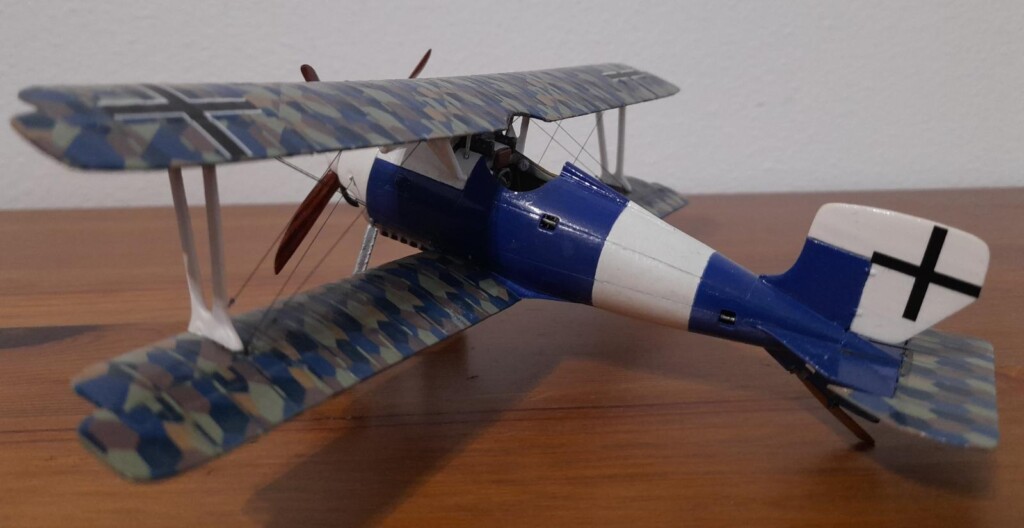
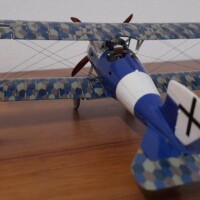
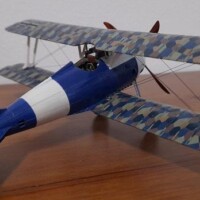
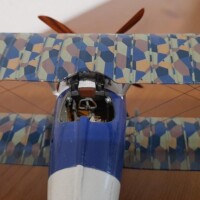
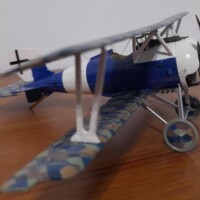
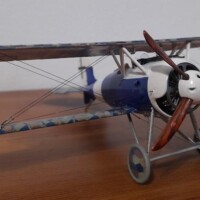
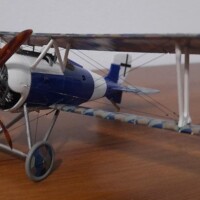
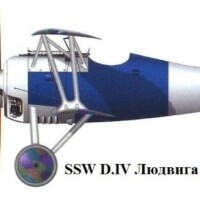


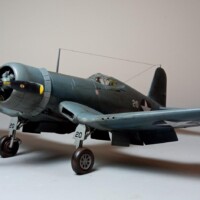
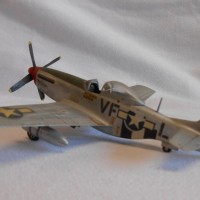
Another excellent build Milan, exceptional build with the modifications to the original kit. Very informative narrative also, well done.
Thank you Ian.
I agree with what Ian wrote, a very colourful narrative about an unknown (to me) pilot and airplane
Thank you Pedro.
That’s a work of art, Milan. Excellent craftsmanship all around.
Thank you John.
Very nice Milan. That really look great. The Siemens-Schuckert D. IV has always held a high interest with me. I have the old Eduard 1/48th scale kit, and the 1/32nd Roden kit. Hopefully I'll get to them some day. I'm hoping to do one in a dark woodgrain finish, and maybe one as Ernst Udet's Red D.IV.
Thanks Clint, I'm going to do another one at 1:32.
Very nice result, Milan @milantesar
Thanks for the historical background.
Thank you John.
Awesome result, Milan! What a great amount of extra quality job, what a departure from the original Eduard! Excellent historical background, too!
Thank you Spiros.
Milan: Congratulations on your excellent build. I really like the conversion. This old kit looks new again. Fantastic!
Thank you Marvin.